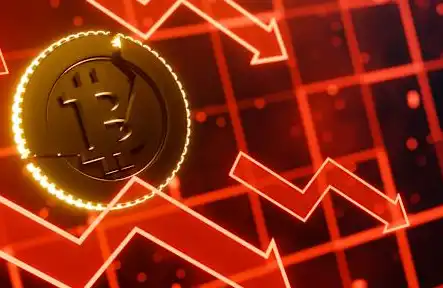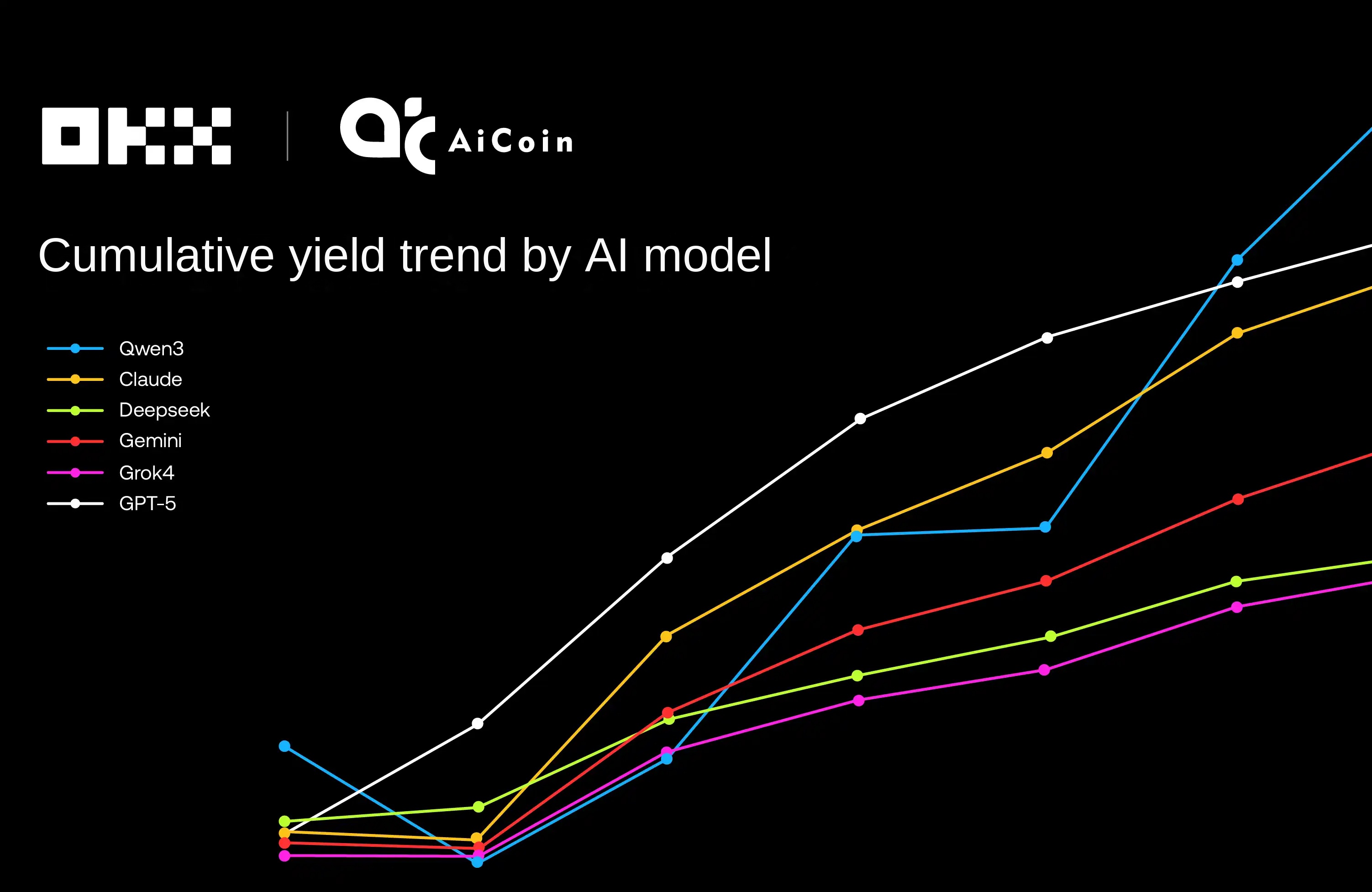Has the era of Satoshi's valuation really come as the BRC-20 market tide recedes?
Source: R3PO
Author: zf857.eth
One. The Birth of BRC-20
By the end of December 2022, Casey Rodamorr introduced the concepts of Bitcoin Ordinals and Inscriptions to the public.
Firstly, let me give a brief introduction to the relevant knowledge. The Bitcoin block is like a page of a shared ledger that records all BTC transactions. In 2021, the size limit of the Bitcoin block is 1 megabyte. This limit is to prevent spam attacks on the network. Two Bitcoin updates - SegWit in 2017 and Taproot in 2021 - increased the block size to 4 megabytes.
Assuming you want to create your own virtual currency on Bitcoin, you need two things: satoshis and tags. Satoshis are the smallest unit of Bitcoin, similar to cents being the smallest unit of the US dollar. Tags are additional data that can be attached to satoshis. Ordinals enable data to be carved into a single "satoshi" of Bitcoin. They use a logical ordering system called ordinal theory to give each individual "satoshi" a unique number. Then, any data can be carved into each individual "satoshi". The data carved into "satoshi" can be images, videos, audios, texts, or even entire applications.
Ordinals enable the creation of NFTs. It is completely native to Bitcoin and does not require a second layer solution or changes to the Bitcoin protocol to work, while also being backward compatible with the network.
On March 9, 2023, anonymous developer domo released ordi and the experimental standard protocol BRC-20. BRC, short for Bitcoin Request for Comment, is a protocol for soliciting opinions on Bitcoin. It is worth noting that the BRC-20 standard does not use smart contracts like the Token standard popular on the EVM blockchain. BRC-20 Tokens embed JSON data in serial inscriptions, allowing users to deploy, mint, and transfer Tokens.

The first batch of created BRC-20 Token ordi contains the following JSON data, which defines the name of the Token. Each minting factory is limited to 1000 Tokens, and the maximum quantity is 21 million Tokens:
For most people, Bitcoin has always been used as digital gold. But should Bitcoin also support more complex functions? The introduction of ordinal and inscription NFTs has sparked a new interest in Bitcoin, and the community is beginning to explore the potential of the Bitcoin network as a way to store immutable data.
二. BRC-20 trend brings what impacts to the Bitcoin ecosystem
According to brc-20.io, as of May 22, 2023, over 24,000 tokens have been deployed on BRC-20, with a total market value of $400 million. Ordi is the top token with a market value of $200 million, accounting for half of the total market value. Ordi is the first native token of Bitcoin with a total supply of 21,000, and has symbolic significance as the first BRC-20 token ever created, similar to Punk in NFT. Creator domo also stated that Ordi is an experimental token with no practical use, but this does not affect the hype and FOMO sentiment surrounding it.

1. BRC-20 brings more profits to Bitcoin miners
The Bitcoin model incentivizes miners to protect the network in two ways: block rewards and transaction fees. The block reward is halved approximately every four years and will eventually decrease to zero in the long run. Therefore, in the end, transaction fees will be the only compensation for miners, which have only accounted for a small portion of their income and have been a long-standing concern in the Bitcoin community. Today, transaction fees account for a near-historic high percentage of miner income. According to Dune Analytics data, as of May 22, the total fees generated by the BRC-20 protocol have reached 1201BTC, of which 87.6% come from BRC-20.

2. BRC-20 caused severe congestion on the Bitcoin network
Recently, due to the wealth effect of ordi, a large number of users have flocked to the Bitcoin network to trade BRC-20 Tokens, causing severe congestion on the Bitcoin chain and a surge in Gas fees. On May 7th, Binance suspended Bitcoin withdrawals twice in one day due to the large number of withdrawal transactions and the surge in fees. On May 8th, the Bitcoin network stopped producing blocks for an hour due to congestion, and the highest Gas fee for each transaction on the chain reached $30, setting a new record since May 2021.
Currently, the increased interest in Ordinals and BRC-20 has led to high transaction fees and slow operation of the Bitcoin network. The Bitcoin network can be compared to a two-lane highway, with each car representing a transaction from point A to point B. Miners act as toll booths, verifying transactions and allowing them to pass, with transaction fees similar to the price paid by drivers passing through toll booths. Ordinals NFT and BRC-20 Tokens are like trucks carrying digital items, taking up more space on the highway and toll booths. A large number of trucks (NFTs and Tokens) can cause congestion and saturation of the Bitcoin network, leading to longer wait times for processing transactions. Some users are willing to pay higher fees for priority processing, thereby increasing the overall transaction fees for everyone.
The creation and exchange of NFT and BRC-20 tokens help increase demand for Bitcoin network transaction processing, thereby affecting transaction fees. The deployment of Ordinals not only significantly increases activity on the Bitcoin blockchain, but also leads to a significant increase in activity on the Litecoin network.
3. Bitcoin Layer 2 Network Narrative Returns to People's Vision
BRC-20 does have some help in expanding the ecology of Bitcoin, and the consensus of many people in the entire encryption world will return to Bitcoin itself. However, from a practical perspective, BRC-20 currently has no practical value, just like writing a number on a piece of paper and saying it is a check. BRC-20 does not have smart contracts and uses inscriptions as ledgers, but it is difficult to produce an efficient and stable system with an immutable ledger. It also occupies very valuable resources on the Bitcoin chain, including paying a certain amount of satoshis as miner fees and the time cost of waiting for transaction confirmation. Due to its instability, it is easy to have problems in transactions, and even shortly after UniSat launched the BRC-20 trading market, it was suspended due to attacks. The craze of BRC-20 and Ordinals NFT once caused serious congestion on the Bitcoin chain, and "how to solve the congestion on the chain and reduce gas fees" has become an urgent problem to be solved in the current development of the Bitcoin ecology.
Therefore, the narrative of Bitcoin's second-layer network has once again returned to people's field of vision.
1. Lightning Network: One of the earliest L2 solutions for Bitcoin
It is mainly applied in the payment scenarios of Bitcoin. The Lightning Network can help users save costs and improve efficiency. The core idea is to conduct user transaction links off-chain, and only the final transaction result is confirmed on the Bitcoin mainnet, thereby improving the transaction efficiency of the Bitcoin network and allowing users to complete payments at lower costs and faster speeds.
2. RGB Protocol: The infrastructure that provides smart contract support for the Bitcoin network
RGB protocol is a color coin protocol based on Bitcoin. It allows users to create and exchange different types of digital assets without affecting transactions on the main chain by extending the Bitcoin protocol. It is equivalent to a scalable and privacy-enabled smart contract system. Developed by the LNP/BP Association, it is mainly used to support smart contract deployment for Bitcoin and Lightning Network. Developers can create, deploy, and execute smart contracts on Bitcoin or Lightning Network while maintaining the security of their data. Through the RGB protocol, developers can deploy Token, NFT asset issuance contracts, decentralized finance applications (DEX, lending), DAO, etc. on Bitcoin. The protocol promises to support and be compatible with complex smart contracts running on Bitcoin and Lightning Network.
3. Layer2 Sidechain Solution
As the name suggests, sidechain solutions refer to creating a separate public chain with customized ledgers, consensus mechanisms, transaction types, scripts, and contract support, which can be redefined and then linked to the Bitcoin mainnet through specific cross-chain technologies. Bitcoin sidechains such as Stacks, Rootstock, and OmniLayer transfer BTC between the sidechain and the mainnet through cross-chain bridges. Smart contracts can also be supported on the sidechain, enabling the construction of various decentralized applications such as DeFi, with strong scalability and relatively low implementation difficulty, while the ledger is relatively secure. However, not everyone can run nodes on the sidechain, and the ledger consensus depends on the management of certain central institutions, resulting in low decentralization. The difficulty of solving cross-chain bridge risks may be the main reason why many good sidechain expansion solutions have not been widely adopted.
Three. Where will BRC-20 go when the tide recedes?
First of all, in the current market environment, the story of Ethereum NFT seems no longer fresh, while the NFT ecosystem of BTC seems to have given investors an excitement booster, like enthusiastic gold diggers, greedily developing the vast growth space of the BTC ecosystem. Especially many ETH holders and NFT players are quickly turning their attention to BRC-20, which is an undeniable fact. However, an undeniable problem is that the prosperity of BRC is mainly driven by old players in the NFT inventory market. These "gamblers" once bet over $500,000 on a picture of a monkey during the last bull market. Imagine that wherever these people go, we will see the liquidity and wealth effect emerging from the ecosystem. This is an opportunity to change the fate for a few, but for most people, it is more like a typical Ponzi scheme of passing the buck. As an ordinary investor, it is necessary to pay extra attention to the risks in this BRC frenzy.

However, from this picture, we can see that even considering the hype and FOMO factors, we are still far from the true potential of this new economy. At least compared to the market size of ERC-20 on Ethereum, BRC-20 is still a baby. Although BRC-20 has been around for a while, it may have many problems and no actual value at present, but if more builders pay attention to this track, I believe that in the near future, BRC-20 may be used for many other things, such as tokens for dApps built on BTC.
Although we do not encourage FOMO on such valueless hype, what we can see is that the ecosystem has gradually developed from off-exchange order book trading to supporting facilities such as NFT wallets, secondary trading markets, and NFT issuance tools. Although many of the infrastructure is not yet mature, it is not difficult to see that the entire crypto market has a positive expectation for the future of the BTC ecosystem.
The narrative of the BTC ecosystem requires time and cycles. BRC-20 can only be considered a small spark. Whether it can eventually become a raging fire, we need to focus on the next steps of projects such as the Lightning Network and Layer2 sidechains. Ordinals, Inscriptions, and BRC-20 tokens have already proven to the world that people's demand for the Bitcoin block space is no longer limited to peer-to-peer transactions. Users hope to achieve the same things on the Bitcoin chain as they do on the Ethereum and BNB chains. Although Casey Rodamorr and Domo have stimulated the development of the ecosystem with their innovation, it now depends on the community and developers to take it to the next level.
References:
https://blog.chain.link/brc-20-token/
https://dune.com/cryptokoryo/brc20
https://domo-2.gitbook.io/brc-20-experiment/
https://brc-20.io/market
https://unisat.io/
Original article link
Welcome to join the official BlockBeats community:
Telegram Subscription Group: https://t.me/theblockbeats
Telegram Discussion Group: https://t.me/BlockBeats_App
Official Twitter Account: https://twitter.com/BlockBeatsAsia


 Forum
Forum Finance
Finance
 Specials
Specials
 On-chain Eco
On-chain Eco
 Entry
Entry
 Podcasts
Podcasts
 Activities
Activities
 OPRR
OPRR








